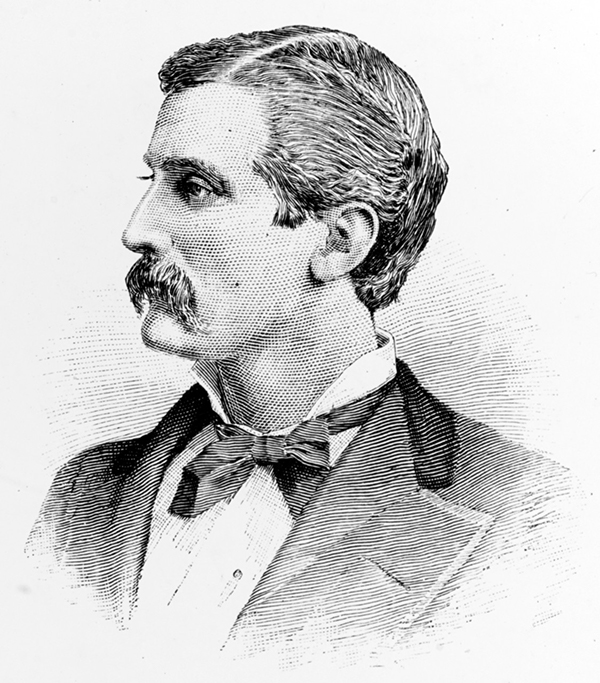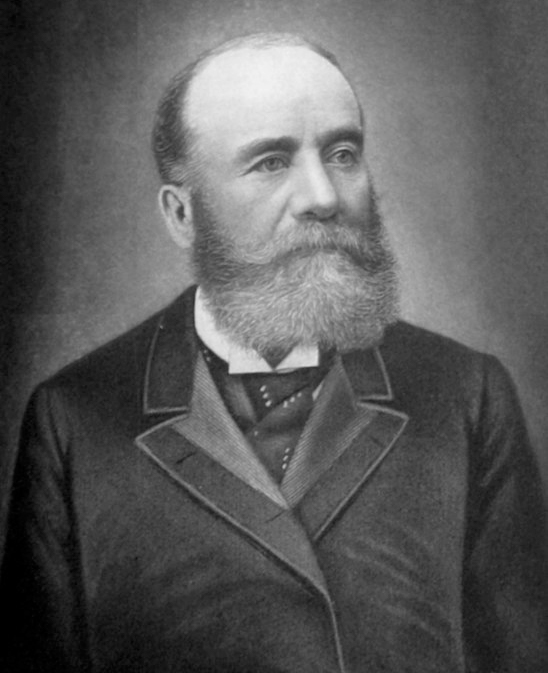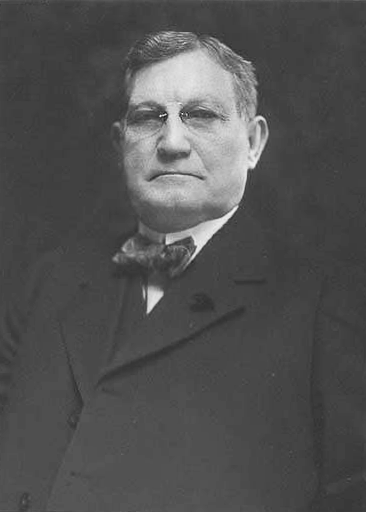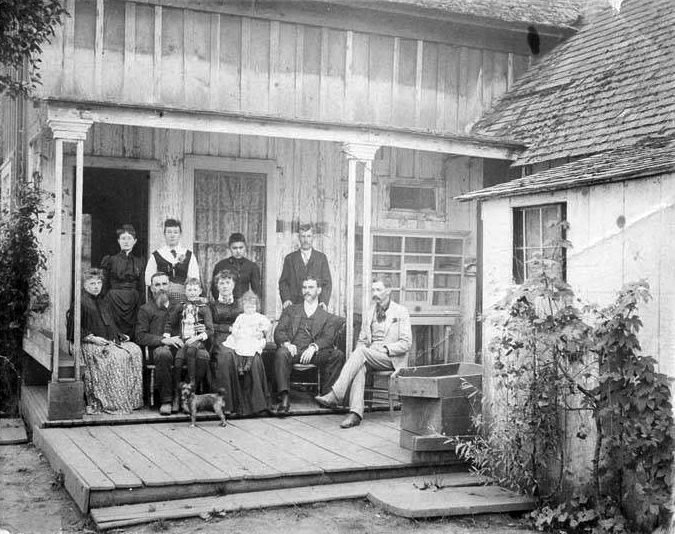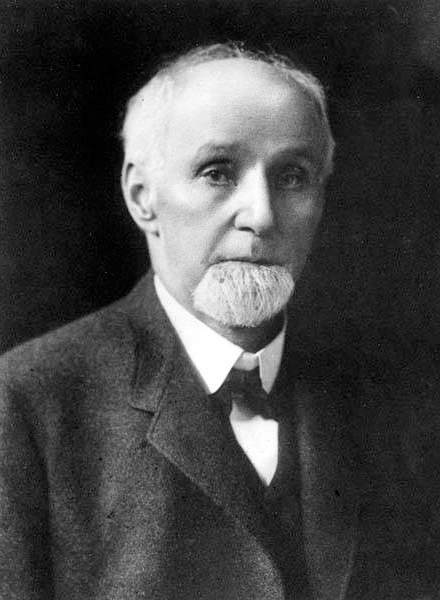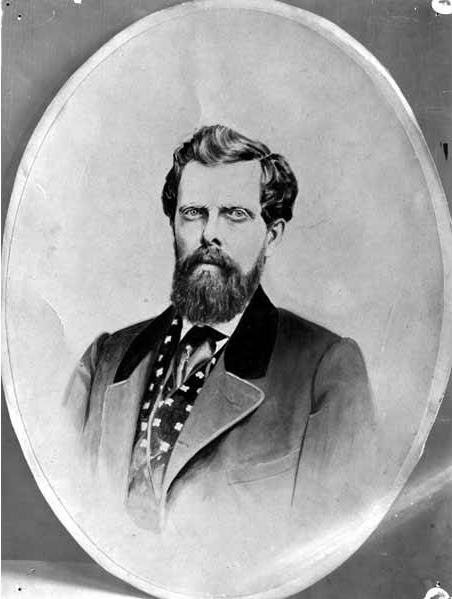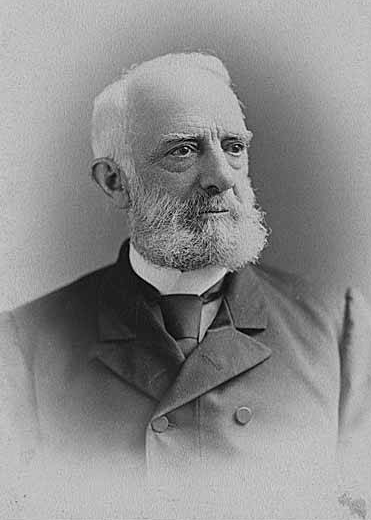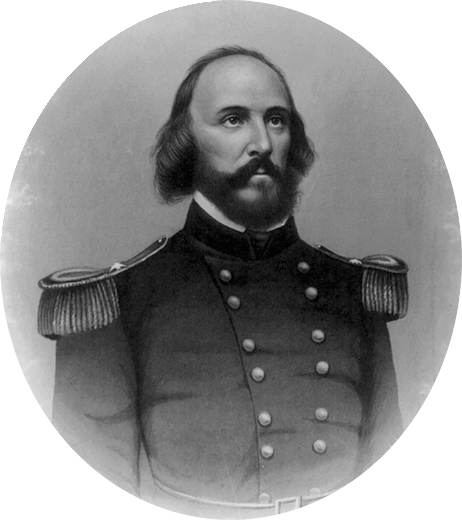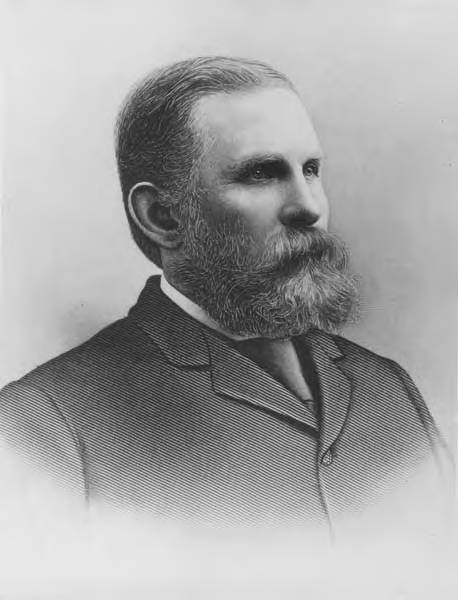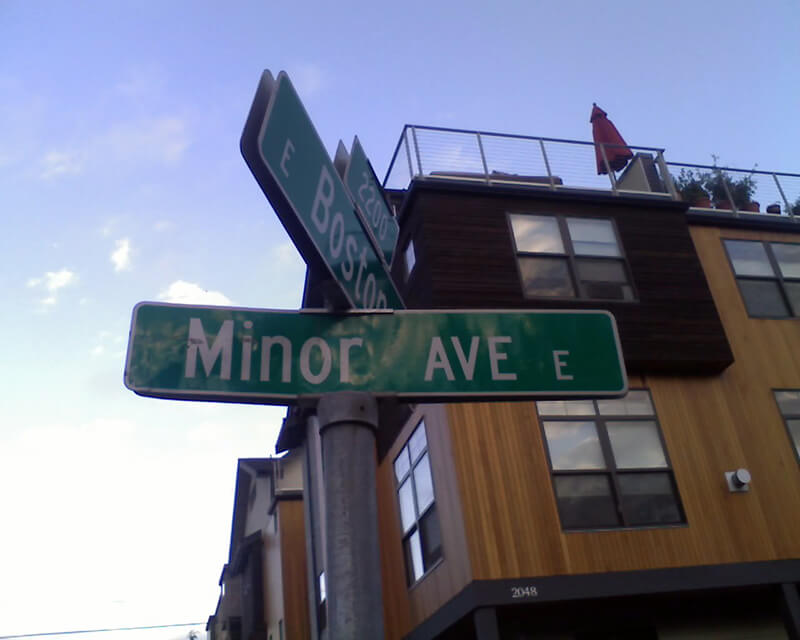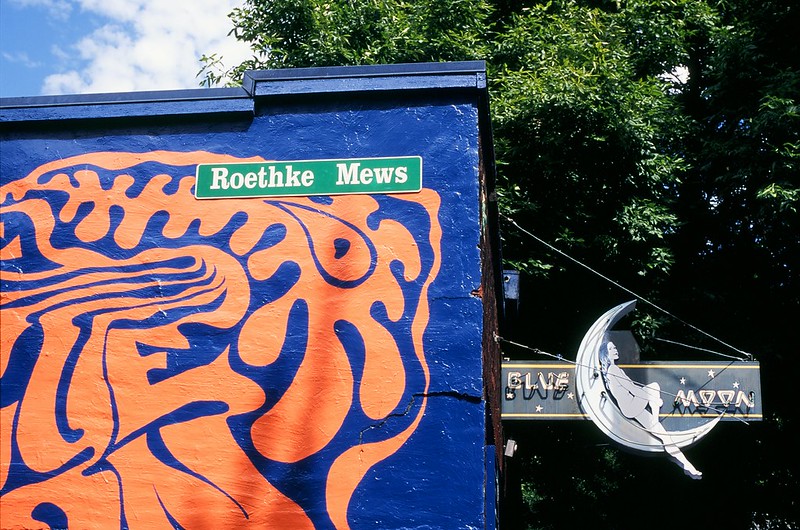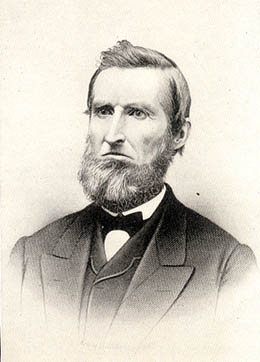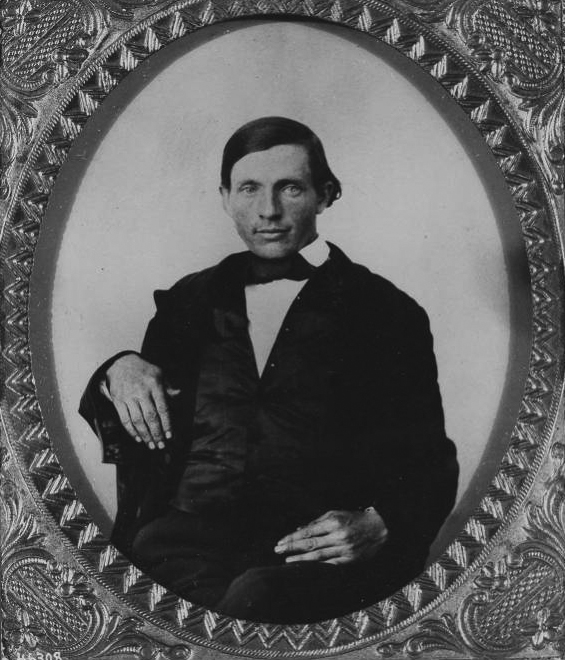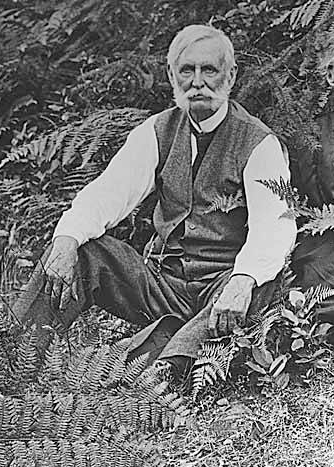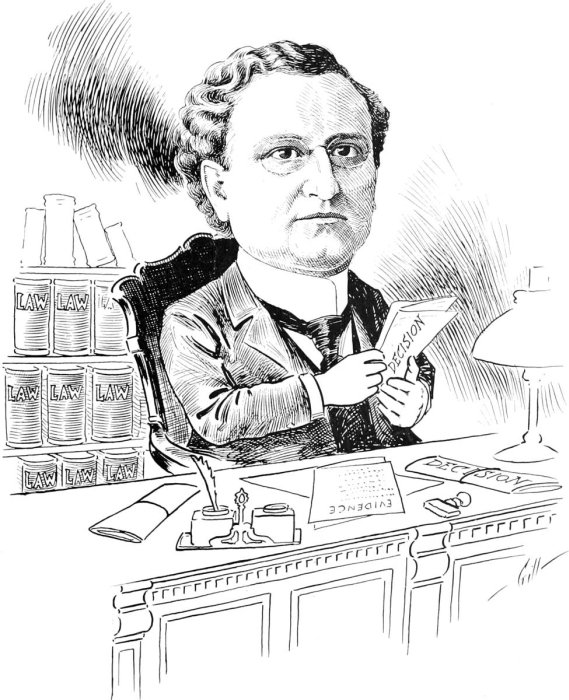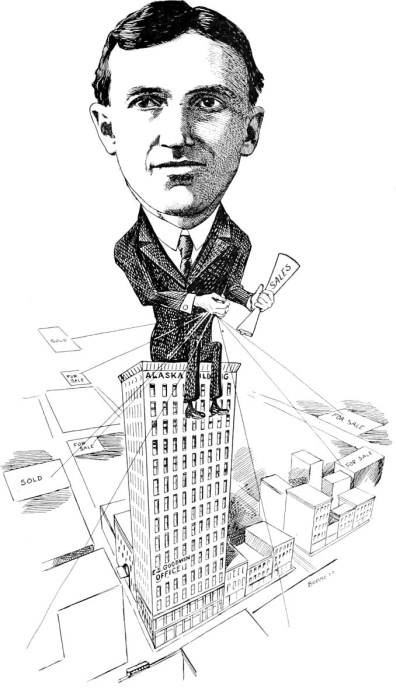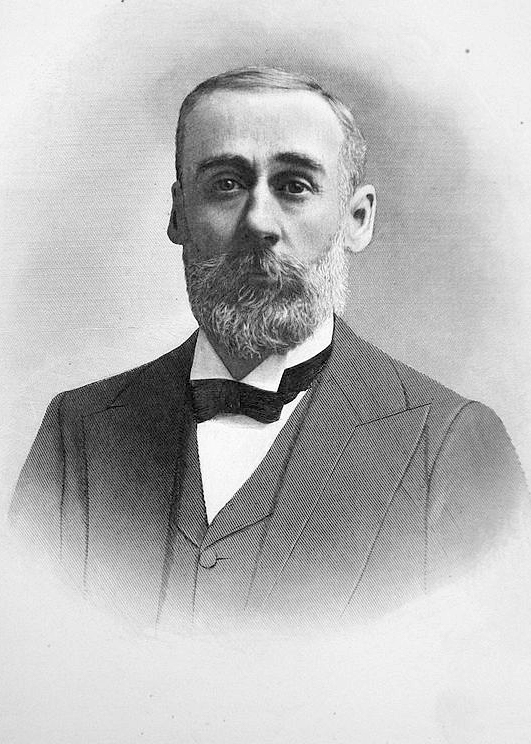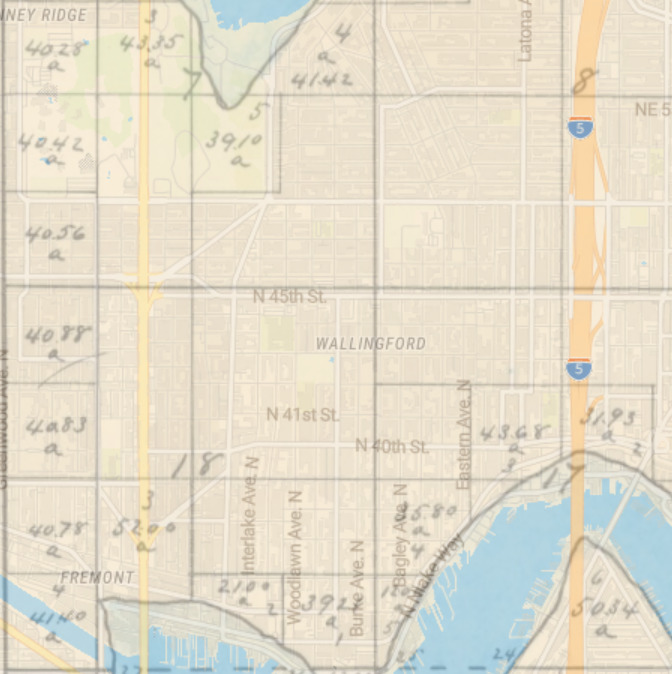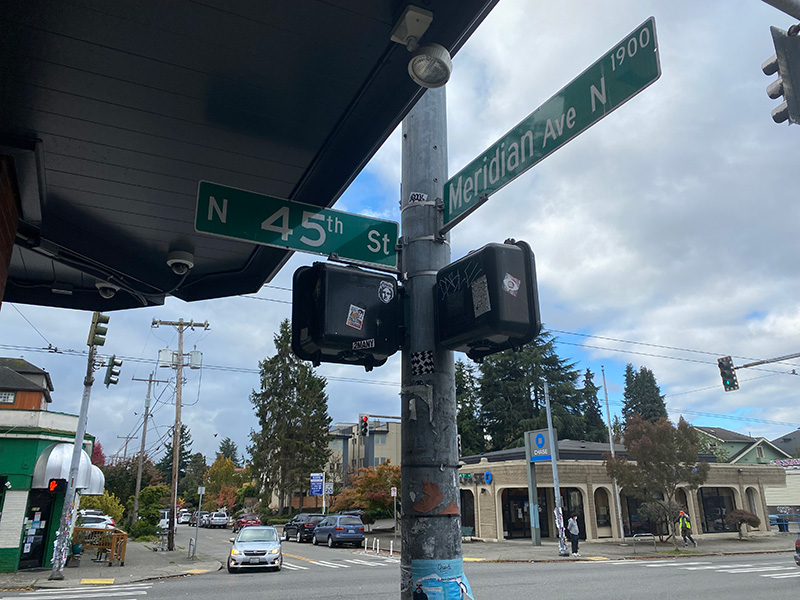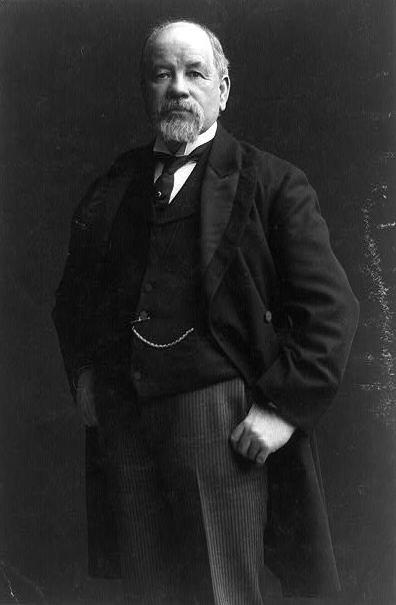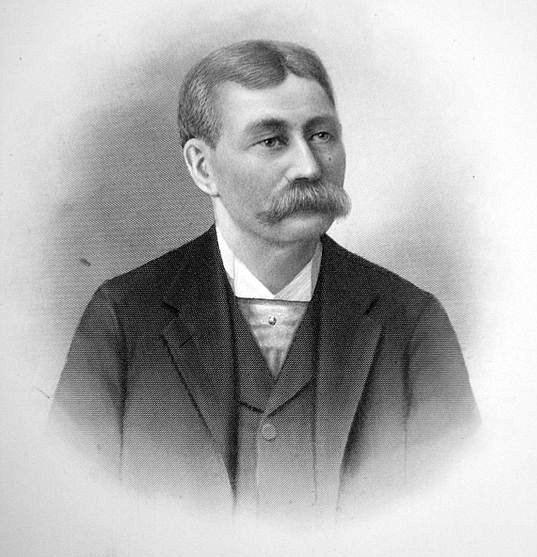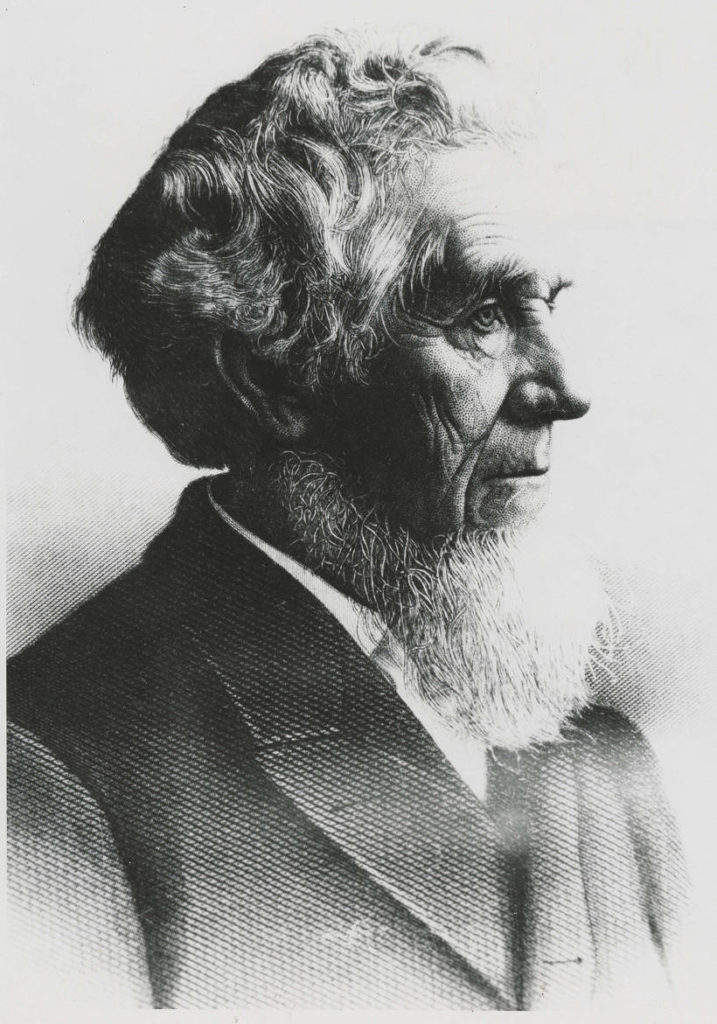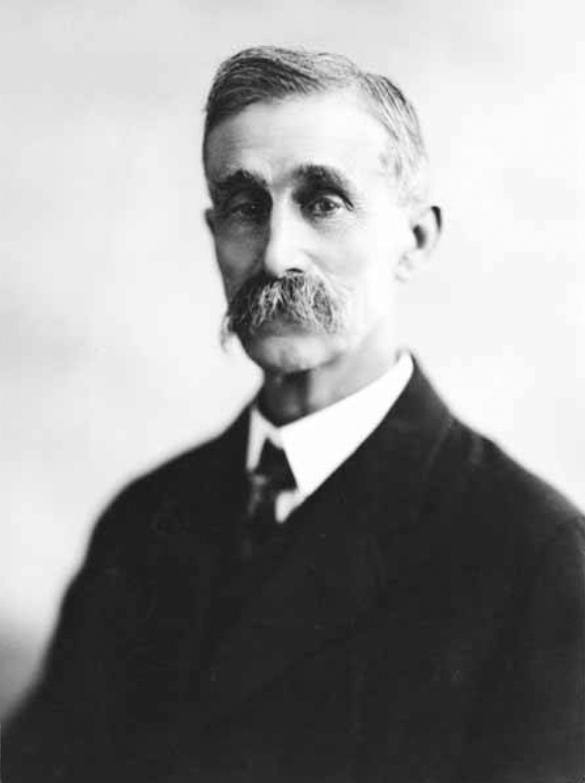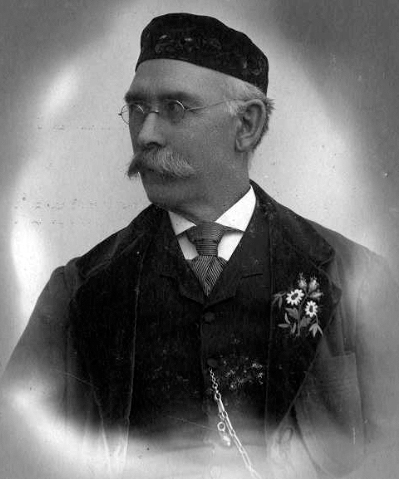On February 7, 1886, a mob forced 350 Chinese laborers out of their homes and down to the waterfront, there to be loaded onto a waiting steamship. Men such as King County Sheriff John McGraw, while not preventing the expulsion, helped ensure it was done without physical violence, and citizens led by Home Guards Captain George Kinnear escorted a number of them next day to the courthouse. The federal judge told the laborers they could stay, though only a small percentage elected to do so. Some 200 of them set sail for San Francisco that day, and the remainder followed a few days after.
This was the culmination of years of anti-Chinese sentiment, and months of rising tensions. On November 5, 1885, 600 to 700 people gathered in the Opera House for a meeting to discuss the “Chinese question.” At it, Judge Thomas Burke spoke in defense, not of the Chinese laborers’ right to remain, but of the rule of law. For this, he has been praised over the years, though his position was more akin to those who wanted to send freed slaves back to Africa rather than give them the equal rights they deserved. This was a mere two days after the anti-Chinese riot in Tacoma that left two Chinese men dead, and Seattle leaders were hoping to avoid similar bloodshed here.
At any rate, though I was able to find an image of his speech online, there doesn’t seem to be a transcript of it anywhere, so here it is, from the November 6, 1885, issue of the Seattle Post-Intelligencer:
Judge Thomas Burke was next called:
It was considered by a number of persons who met today that it was the duty of all good citizens to unite for the purpose of considering this question, and advising as to the best line to pursue. False stories have been carried to and fro, to incite hostility, and they, like poison, have done their mischief, by tending to alienate one class from the other. It was the judgment of thoughtful men that a meeting where false statements might be pierced by the keen point of truth, would be conducive of good, and tend to unite the community. There is no division among the honest people. We are all laborers, and the attempt to draw class lines is false and malicious. We want, by lawful and fair means, that this community and the Territory shall be freed from the presence of the Chinese. There are but two questions. Shall we do it, like Americans, according to law? or as foreigners, outside the law?
I am an American, and appeal to the Americans. Of the two methods — the lawful and unlawful — I favor the American method. The deputy sheriffs were organized to protect the interests of the laborers. History records the fact that no class suffers so much from riots as the working men, and in the future you will curse the counsel of those who incite or advise you to lawlessness. This nation has turned to the oppressed of Europe, and welcomed them to her doors. After being here two years they can take a farm, and in five years be accorded the ballot, which requires an American 21 years to attain. All fields are open to them. All that is asked of them is to uphold the laws.
I have patience with the German, the Frenchman, or the Englishman, when he sneers at the laws of this country, but none for the Irishman. I am but one remove myself, having been born in America, and I have a right to speak of him. He comes from a land where he is ground down, burdened and oppressed, to free America, where he is given a farm, his children can grow up and be educated, as our public schools are thrown open to them, his sons can, and do, fill offices of trust, and every freedom is accorded to him. When an Irishman raises his voice against this Republic then my patience ceases, and I stand aghast at the base ingratitude. How can they raise their hands against the laws of a government that has done more to elevate the laboring man than any other government on the face of the earth?
I am a poor man, and don’t hire much help; but I have not had a Chinaman in my house for two years. I pay a white woman five dollars more per month than a Chinaman would do the same work for; but it is a matter of principle with me, and I felt it my duty. In this matter much has been accomplished. There is not a corporation in King county employing Chinese, and outside of the laundries there are only a few house servants in private families, and they are being replaced as speedily as possible. This is all being accomplished by peaceful means.
Three or four hundred armed men at Tacoma went around and packed up the Chinese, bag and baggage, and marched them through the streets and eight miles out to Lakeview, where they were left on the prairie all night, exposed, without shelter, to a drenching storm, and two died from exposure. After the expulsion of the Chinese, their stores and houses were burned. The Mayor of Tacoma is a foreigner, and can hardly speak the English language. I have read how the Germans rose up against the Jews and drove them from their homes. I remember how they drove the Russian peasants out; but what am I to think that only thirty miles from where I stand, in the Republic of the United States, such atrocities have been committed. It could not be done under an American. It was done under a German. [Derisive shouts and hisses from the gallery.]
George V. Smith
I hope the workingmen will be patient and listen to what the Judge has to say.
Mr. Burke
Excuse me, Mr. Smith, but I can assure you I need no one to intercede with a Seattle audience for me. I know the people of Seattle. They will hear me if they hate me. They have no reason to hate me, for I have always been their friend.
Why, gentlemen, injustice to a dog I would denounce. One year from tonight you will say I am right. In Tacoma they will say I am right. In Tacoma they have gone further, and actually notified lawful American citizens to go. “The American must go.” That’s the word in Tacoma. I am a free man, and would rather live under the autocrat of all the Russias than live under the rule of a dozen or twenty lawless men — worse than tyrants. You may go outside the law, but you will be glad to get back.
Mark the course of the French Republic; mark the course of our Nation. Look at the English; while they oppress they demand their liberty, because the greatest King of England cannot go outside the law. I have never advised you wrongfully. Look at it! One year ago, while you were voting for the forfeiture of the unearned land grants held by grasping monopolies, the people of Tacoma stood almost to a man for monopoly. Now they go to the other extreme. I do not believe there is a city in the United States presided over by an American, or a man with an American heart, where such outrages could or would be permitted.
They say they did it peacefully. If a highwayman presents a pistol to my head and takes my pocket-book from me, or comes to my house and holds a bludgeon over me and compels me to leave, he does not use force or violence. He would do it peacefully, but would it be lawful or right? To call such work peaceful is adding insult to injury. In the future the blackest page in the history of Washington Territory will be that on which it is recorded that 200 human beings were driven out of Tacoma like dogs, and compelled to face a driving storm all night, during which two of their number died from exposure. Dumb animals are deserving of better treatment than that.
The same God that makes my heart beat made the Chinaman. He is not to blame for his condition or color. In the South black men are persecuted, in Hungary the Jews are maltreated and persecuted, and so it goes. I believe the people of Seattle would lay down their lives in defense of the law. It has not been twenty years since I carried water on the railroad, and less than that since I worked on the dump. My brothers are laborers, and why should I speak against the laboring men. I am a free man, and will preserve my liberty. This question is on the rapid road to solution, but in order to hasten it you cannot afford to violate the eternal laws of justice.
The Chinese want to go, but don’t like to be robbed or murdered. Let the workingmen of the Queen City show to the world that the great principle of justice prevails here. Do not be unjust to a dog or horse, or anything else. The Chinamen are here under solemn treaty stipulation, but they are going. The workingmen will look around and see no Chinamen employed. It is to our interest to see them go, but it is not to our interest, but just the opposite, to see one drop of innocent blood spilled or a single breach of the law. I knew you would listen to me. If I should say a thousand times as distasteful things you would listen to me. I thank you.
